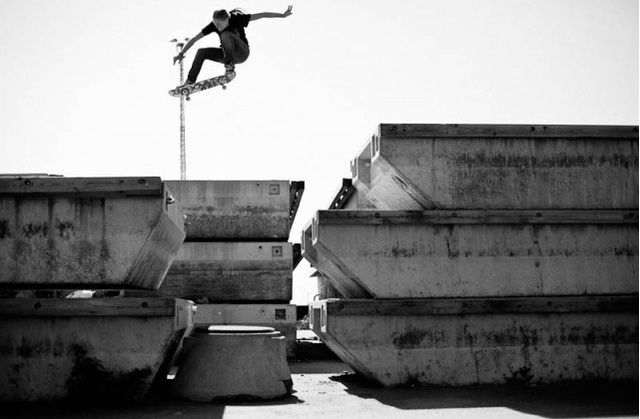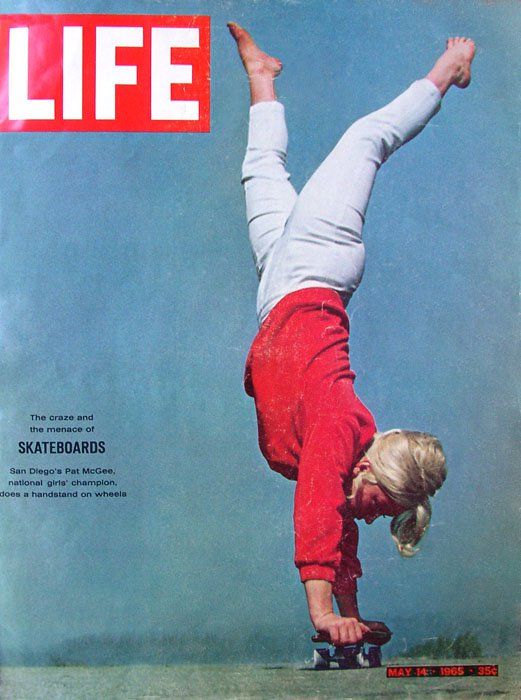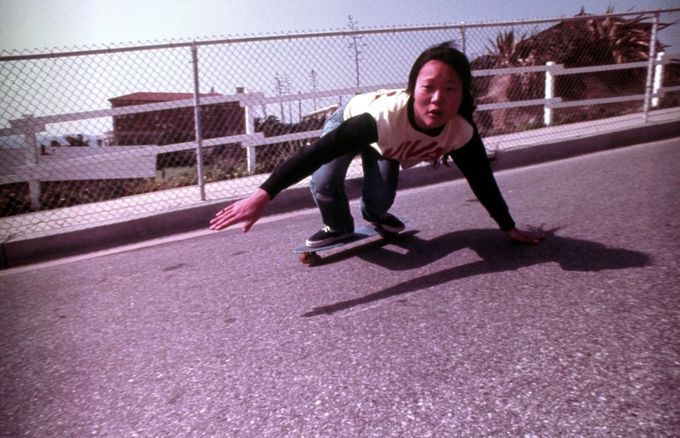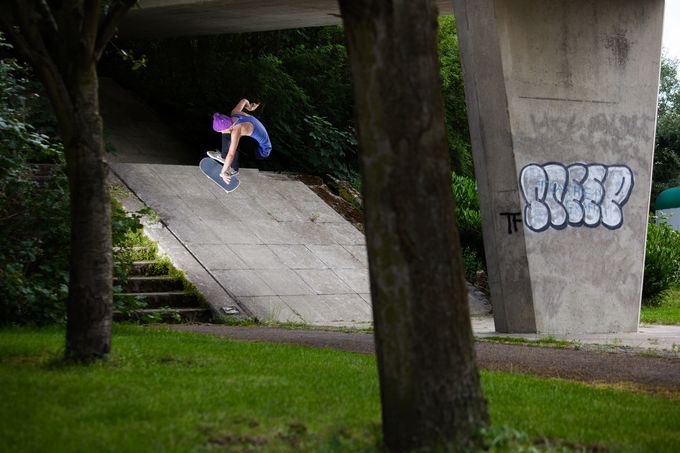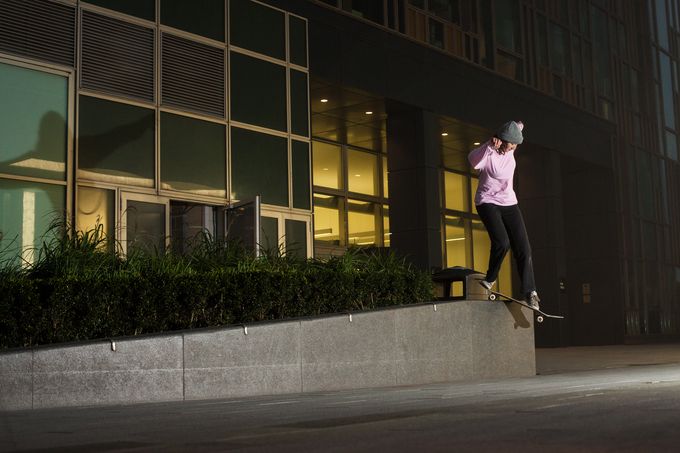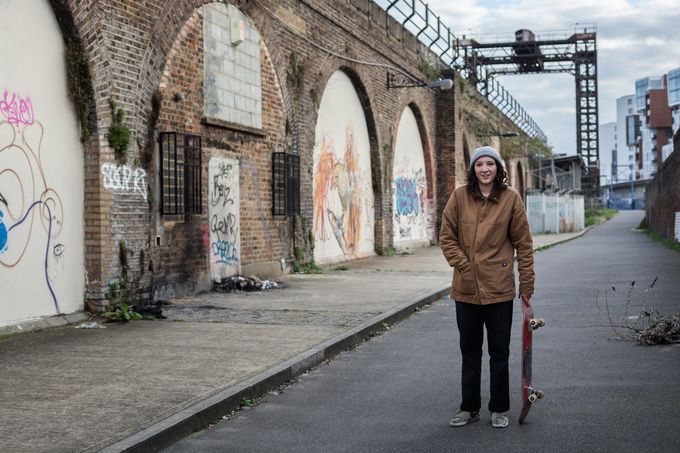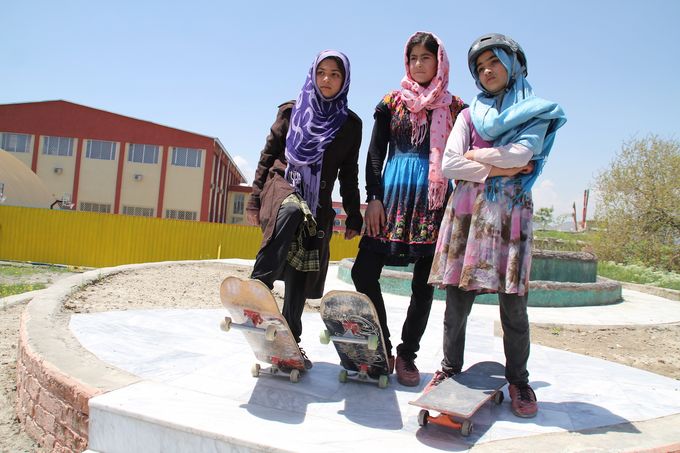Skateboarding in 2016 is a lot of things. Popular, super-skilled, commercial, almost in the Olympics… one thing it isn’t is punk or remotely alternative. Brands are the puppet-masters. Almost every council has a skate park. Heaps of kids from primary school-age and up have skateboards, with many parents shuttling them to skate lessons on the nights they’re not playing football or learning the guitar. Skateboarders are no longer misfits with no mates; they’re the well-liked kids with the pretty girlfriends.
In many ways this is a triumph for skateboarding, but it’s hard not to think that something has been lost along the way. Yet on the women’s side things are very different. The scene is still small, with few participants, very little money involved and barely any outside recognition or brand support. And it’s so much more interesting for that.
As the editor of Kingpin Jan Kliewer wrote this week, while interviewing the Swedish skater Sarah Meurle: “At a time where skateboarding is so accepted and trendy I feel like female skaters are the only real underground skaters left, facing many of the obstacles older skaters still romanticise, like being an outcast, being different and/or underground… it’s [still] about full on passion for what you love, letting the strange looks of others roll off your back, doing your thing on the fringe.”


